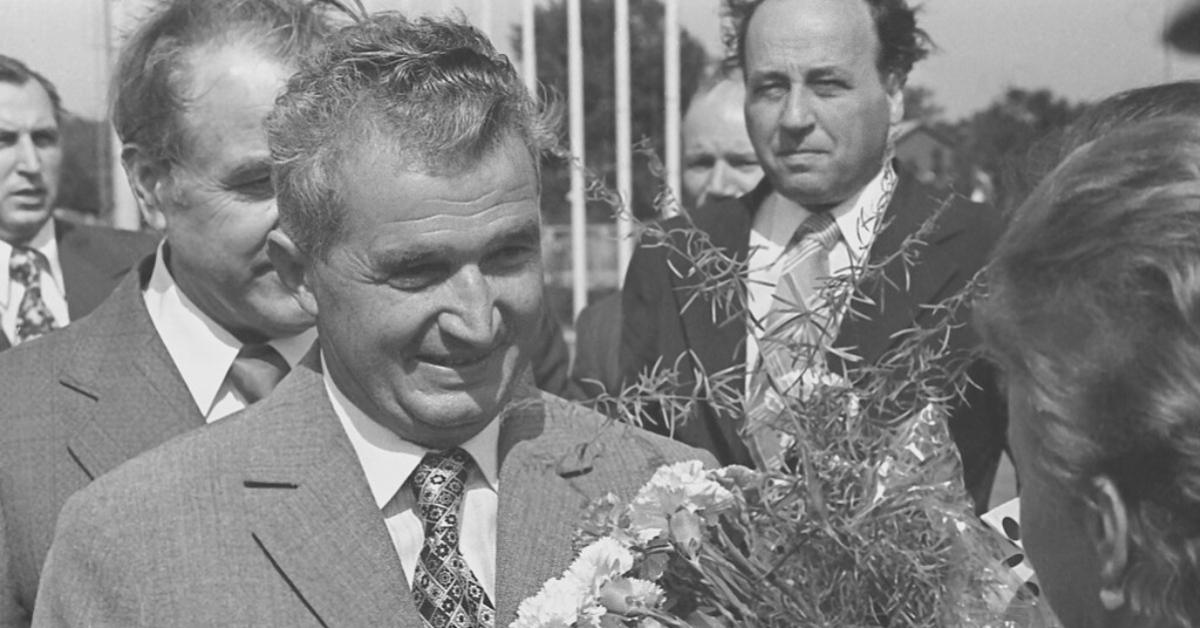
Today’s intellectual framework considers government spending to be the solution to any economic and social problem. Be it helicopter money to households and businesses during the pandemic, subsidies for electric cars, or debt forgiveness to students, the government generosity must be growth and welfare enhancing by definition.
Government spending is even more praised if it is labeled an “investment” in green projects, in industries making countries self-sufficient in high-tech, or in military equipment to fend off foreign autocracies. However, Austrian economists are way more skeptical about the alleged benefits of government expenditures as they do not follow the market principle of being voluntary exchanges that satisfy genuine consumer needs.
For this reason, Murray Rothbard considers that the social usefulness and productivity of government spending is actually negative because government output diverts away resources from the private production of goods and services. According to him, no government expenditure can be considered genuine “investment” that builds real “capital,” because only private capital can be used to produce goods that fulfil consumer needs. A good illustration of Rothbard’s point is the enormous volume of wasteful “investment” made during Ceaușescu’s communist rule in Romania.
Bad Investments Impoverished Socialist Romania
Toward the end of World War II Romania was occupied by the Soviet Union which installed a communist government. Within a few years most of the production structure was nationalized and the government steered the economy via five-year production plans. A large investment plan was started to achieve rapid industrialization and urbanization of a mostly agrarian country.
When Nicolae Ceaușescu came to power in 1965, Romania was already distancing itself from the Soviet Union, both politically and economically. Having been a loyal ally to the USSR during the Hungarian uprising in 1956, the Romanian communists managed to convince Khrushchev to withdraw Soviet occupation troops from Romania two years later. A gradual policy of “de-Russification” and emancipation from the Soviet hegemony followed.
During the Soviet-Chinese dispute, Romania sided with China, which also advocated national self-determination. As the Soviets pressed for stricter economic coordination among the economies of the Eastern Bloc, Romania strengthened trade relations with the West, which almost matched the declining exchanges with the USSR by 1965.
Ceaușescu continued the line of national autonomy and opening toward the West. Romania was the first country in the Eastern bloc to establish diplomatic relations with West Germany. It also joined the IMF and the World Bank, and acquired preferential trading status with the European Common Market. In August 1968, Ceaușescu did not take part and condemned the Warsaw Pact intervention in Czechoslovakia, which gained him worldwide reputation and a visit by President Nixon to Bucharest in 1969. The West welcomed Ceaușescu’s dissidence within the Communist bloc and gave Romania access to foreign loans and technology.
Unfortunately, Ceaușescu missed the opportunity to turn around Romania’s socialist economy and use Western inputs efficiently. His liberal approach in foreign politics did not apply to domestic matters too. Like Stalin, Ceaușescu was obsessed with industrialization and opposition to any form of private ownership and initiative. The money that Romania borrowed massively from Western banks in 1970s was directed primarily into heavy industry, such as petrochemicals and steel. Large enterprises with more than 1000 employees accounted for 85 percent of industrial output, creating big inefficiencies and a rigid production structure. In parallel, Romania’s external debt surged from only $30 million in 1972 to a peak of $10.5 billion or 35 percent of GNI in 1981.
The poor quality of exports constrained Romania’s ability to repay its foreign loans. Moreover, the energy-intensive heavy industry became increasingly voracious due to its inefficient running and high energy prices. The 1970s energy crisis combined with the surge in interest rates on Romania’s loans, which grew about three times to almost 20 percent per year, sealed the fate of Ceaușescu’s foreign financed investment bonanza.
In 1981 Romania had to request a credit line from the IMF to continue servicing its foreign debt, at which point Ceaușescu decided to pay back the debt in full. But this required a severe restriction of domestic consumption as annual growth rates had dwindled from about 10 percent in the early 1970s to 3 percent in 1980. Moreover, a strict compression of imports to save hard currency to repay the debt eroded the production base further.
Draconian restrictions on energy and food consumption were imposed on the population. Food rationing was introduced in 1981 and electricity blackouts became commonplace as household electricity consumption dropped to 5 percent of total by 1989. The economy was in shambles with real GDP falling by 0.5 percent in 1988 and a further 5.8 percent in 1989.
Yet, Romania managed to record a string of trade surpluses in the 1980s and repaid all its external debt in full. This was a unique case among the Eastern Bloc economies which had built together a huge external debt pile estimated at $155 billion by end 1989. As many of them obtained debt reduction and rescheduling from the Western creditors in the 1990s, Romania’s heroic efforts seem largely futile in retrospect.
Ceaușescu left Romania with an underproductive industrial and agricultural base, a worn-out infrastructure and a poorly educated and unhealthy population. His economic failure is a perfect illustration of what Ludwig von Mises called the impossibility of economic calculation in a socialist economy, further exacerbated by the socialist system’s perversion of work incentives. Eventually Ceaușescu’s dictatorial leadership, which suppressed most political, civic, and economic freedoms, brought his downfall and execution. Ironically, his megalomania led him to engage two grandiose and wasteful projects at the peak of Romania’s economic hardships, which accelerated his demise.
White Elephant Projects Instead of Road Infrastructure
In 1949, following Soviet advice, the new communist government started the construction of a navigable canal linking the Danube and the Black Sea, which would shorten the distance to the Black Sea by about four hundred kilometers. The canal also served the vile purpose to “reeducate” and eliminate people hostile to the new regime which were used as forced labor. The works were stopped after only four years without much progress on the ground. Ceaușescu reopened the project in 1976 and it took him about ten years and more than $2.2 billion to finalize one of the longest water canals in the world. Needless to say, the canal’s financial revenues have been below expectations ever since, and the investment is likely to be recovered in about six hundred years instead of fifty, as originally planned.
But Ceaușescu’s most wasteful project seems to be the “House of the People,” the second largest building in the world after the Pentagon. The construction took place between 1984 and 1990 but remains unfinished to this day. The palace is housing the Romanian Parliament and an art museum, which hardly justifies the huge investment estimated at an original cost of $1.75 billion. To make place for the gigantic construction, a large part of the historical center of Bucharest was demolished.
Instead of building those two extravagant projects, Ceaușescu could have usefully built more needed infrastructure, such as adequate roads. In the early 1970s, other socialist countries had already started building highway networks. They comprised about 500 kilometers in Czechoslovakia by 1985 and about 360 kilometers each in Hungary and Poland by 1990. This was a good basis on which to build decent road connections in the early 2000s, a key factor in attracting foreign direct investment in order to move up the value chain.
Yet, Ceaușescu built only about 115 kilometers of highways relative to a much bigger territory. The early post-Communist governments estimated that a network of around one thousand kilometers of highways would have satisfied the basic needs of Romania. This would have been easily built with the $4 billion that Ceaușescu directed into his two white elephant projects, according to building costs of 2010. Because of this and subsequent policy failures and corruption of post-Communist governments, Romania still has one of the lowest densities of highway networks in Europe graph 1), which represents a major bottleneck to foreign investment, growth, and well-being of people (graph 2).
Graph 1: Highway density and inward FDI stock, 2020
picture1.png
Source: Eurostat and own calculations.
Graph 2: Road traffic fatalities, 2021







